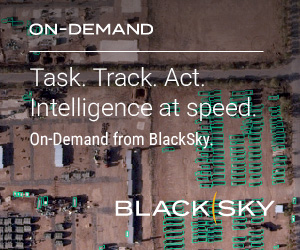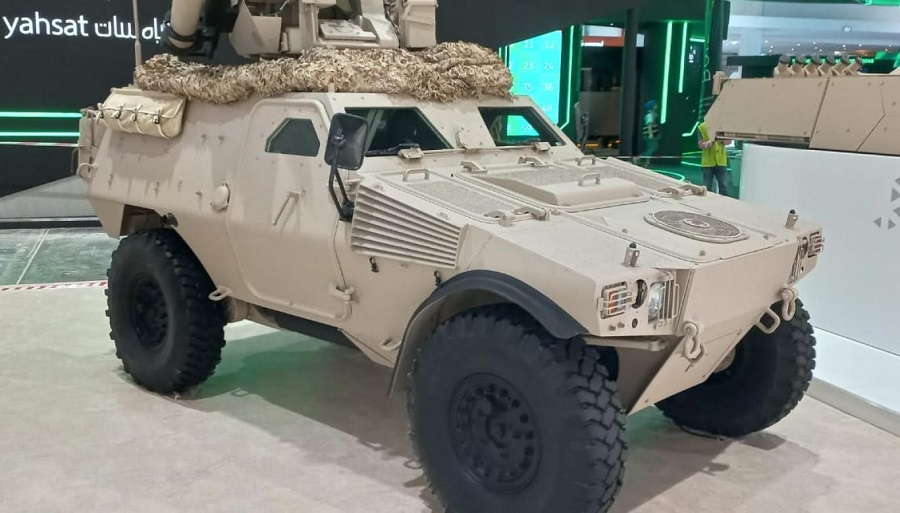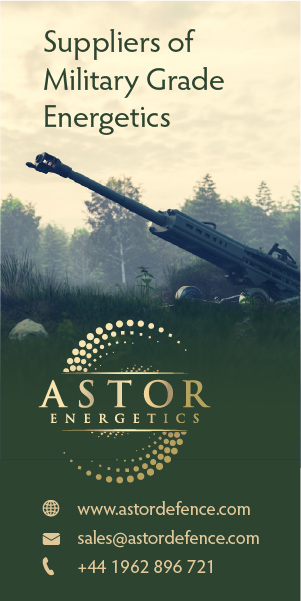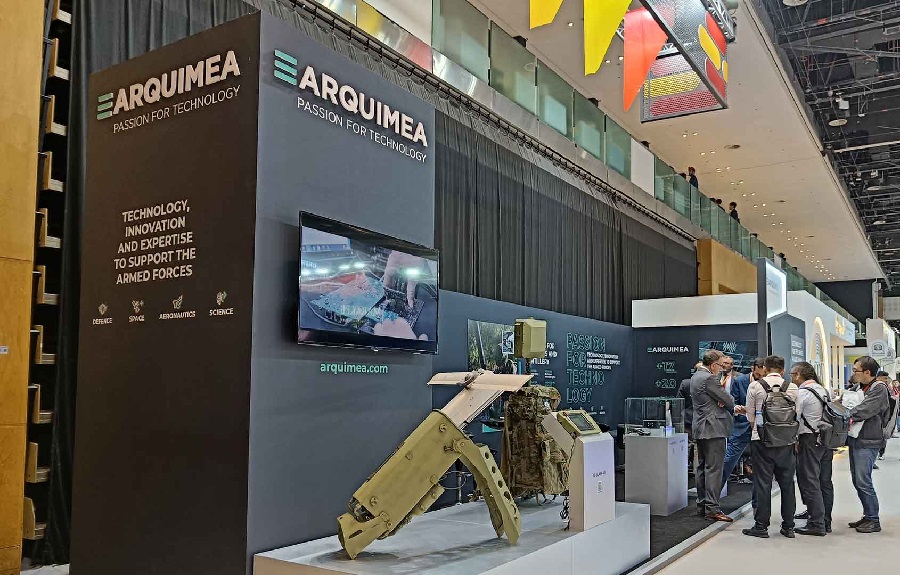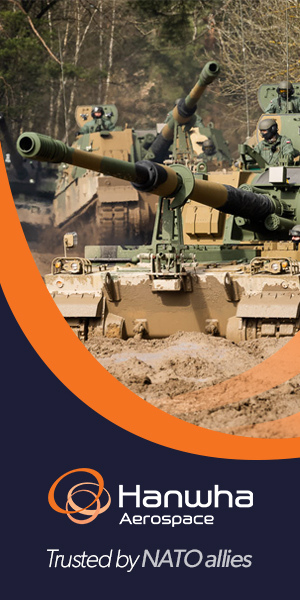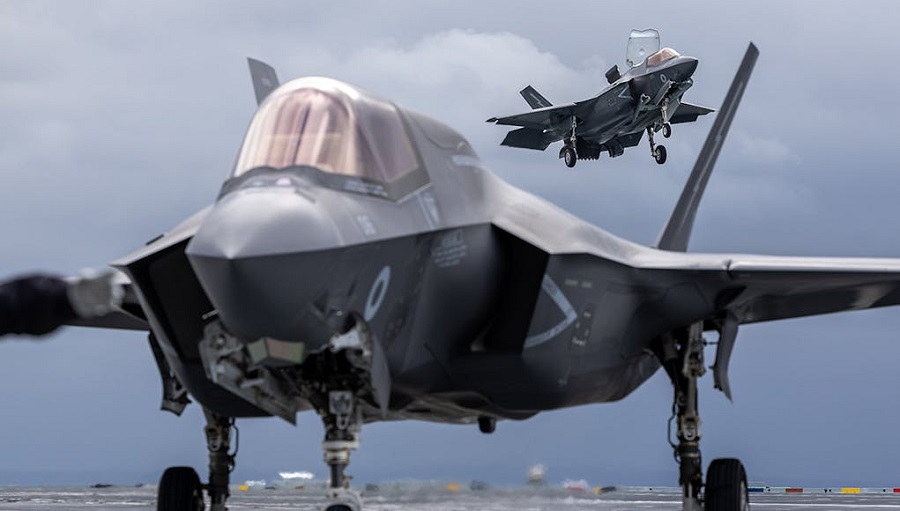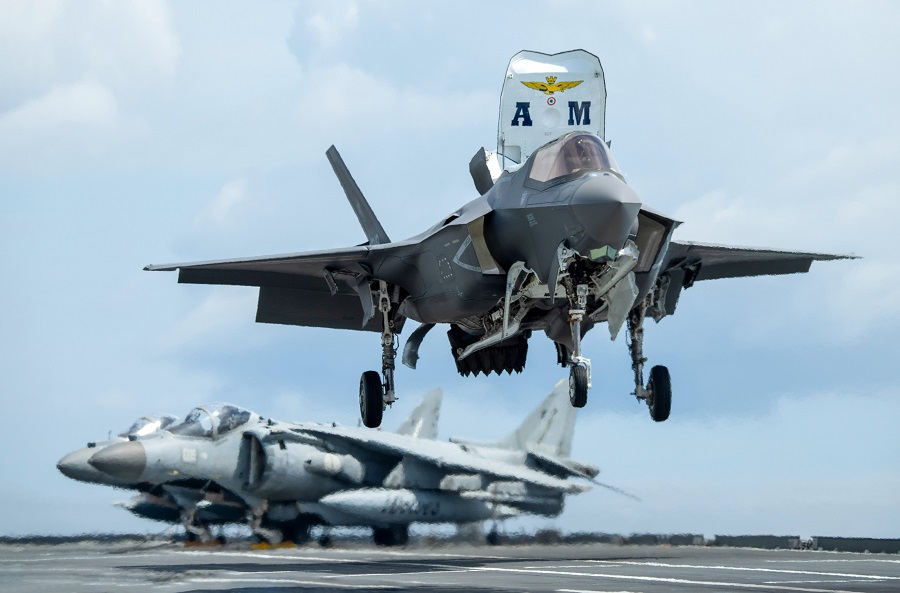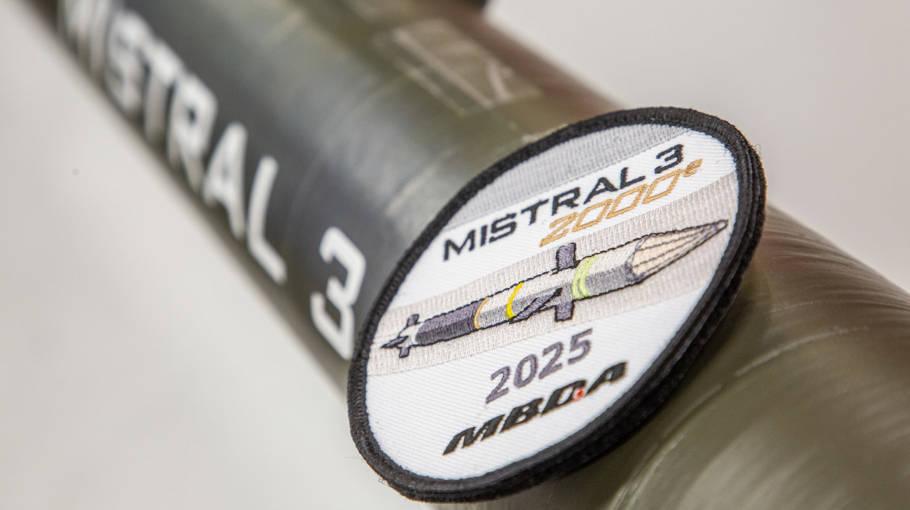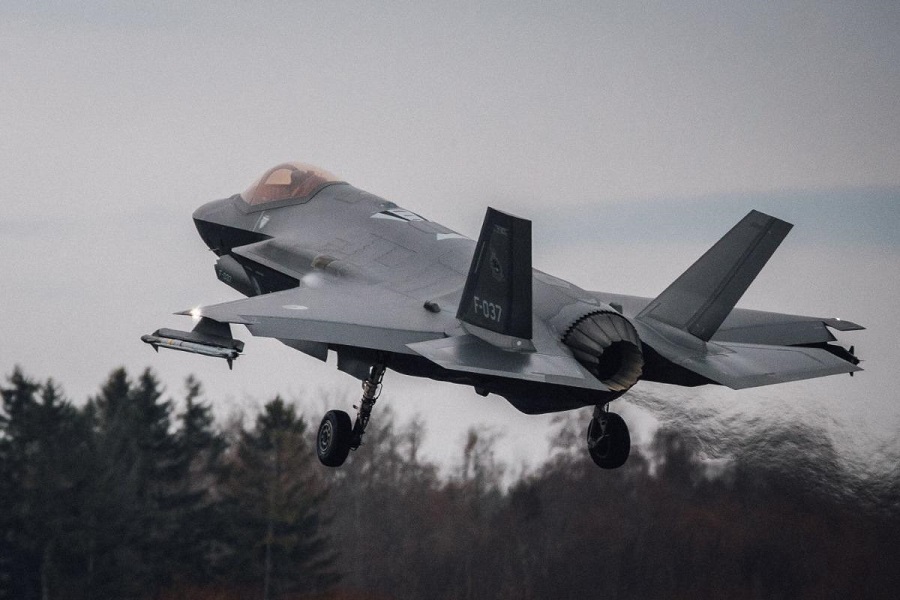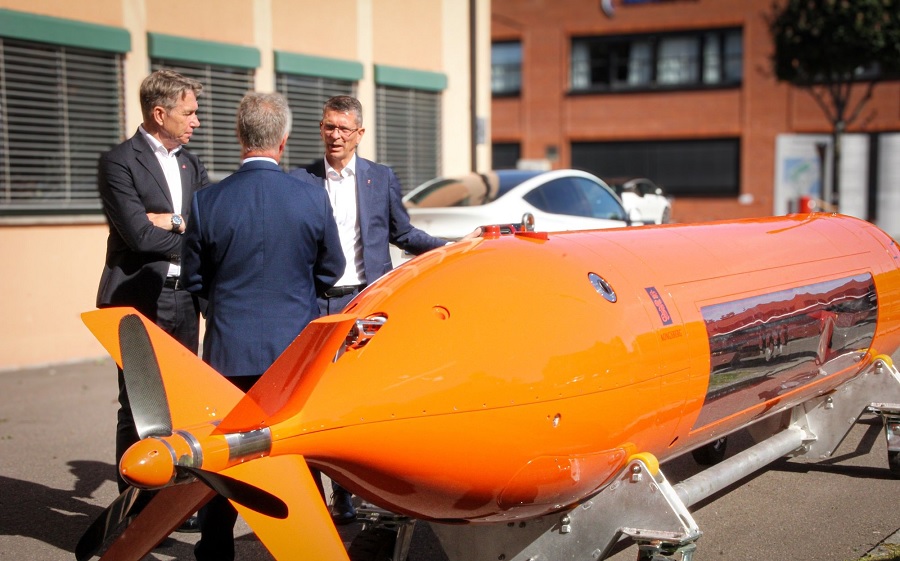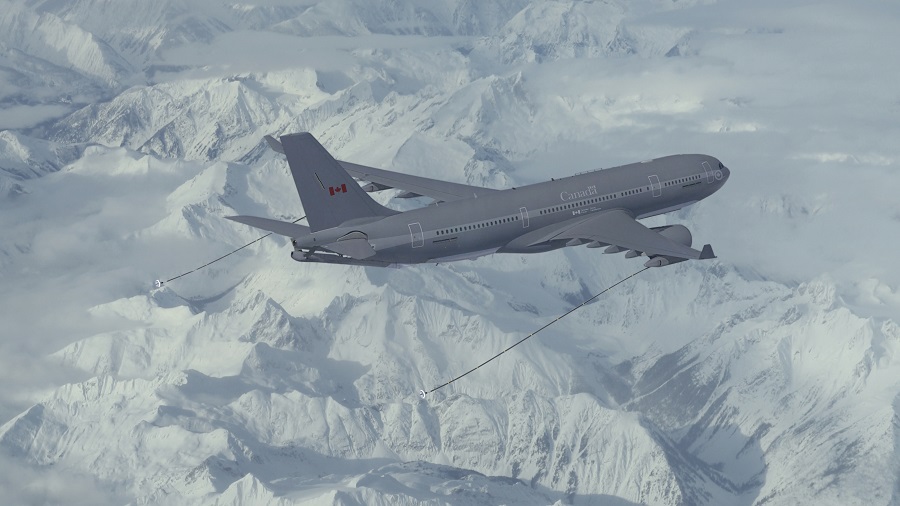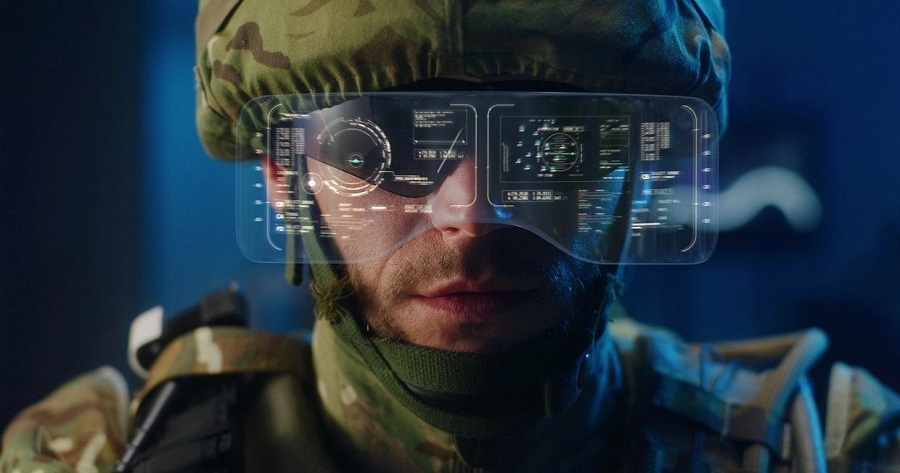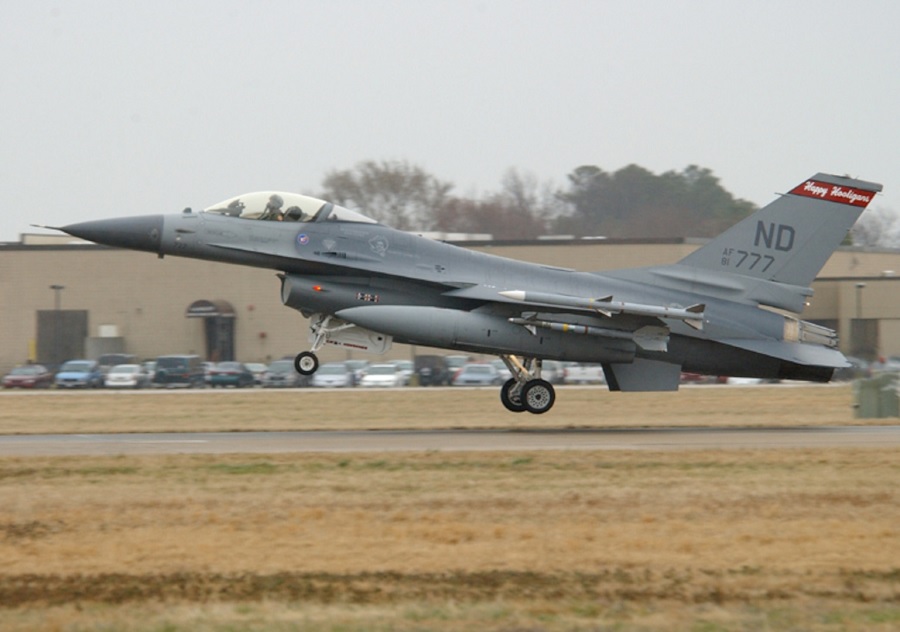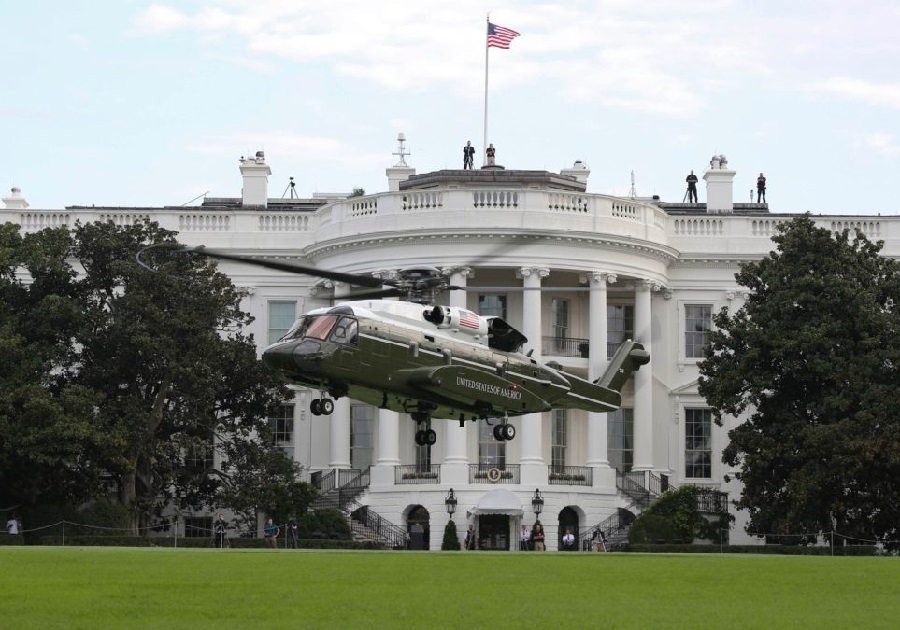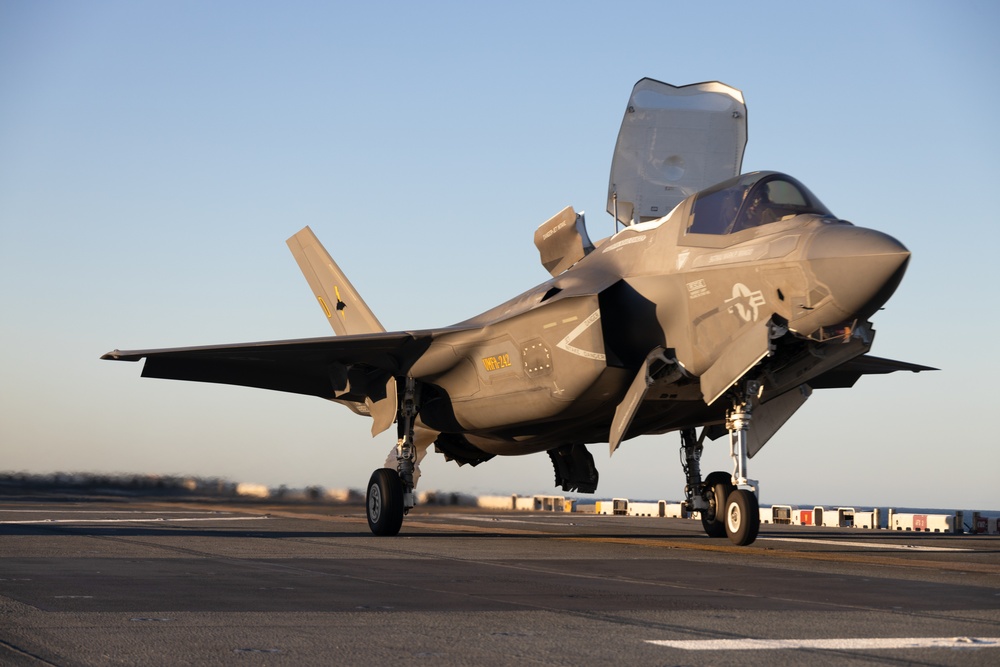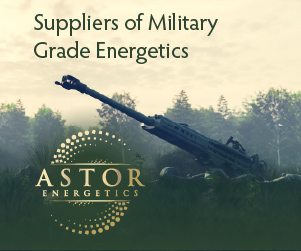As a fully new development, the VBL Mk3 benefits from several upgrades compared with the first VBL.
The VBL Mk3 benefits from an excellent mobility. It is equipped with a 130hp modern, diesel engine and a new automatic gearbox, allowing speed and acceleration as well as added comfort for the pilot. It features a new Brake Assist system and improved front and rear suspension systems, increasing the payload and improving vehicle handling.
It is also equipped with centralized tyre inflation system (CTIS) which allows for a better adaptation to the terrain conditions and improves the mobility on soft ground, especially on sand.
It is equipped from a new dashboard, allowing for a better management of the vehicle and its tactical situation.
A compact vehicle, the VBL Mk3 is a steed of choice for scouting and reconnaissance, as well as intelligence gathering missions. It can also serve as a wingman for a tank or be configured as an anti-tank vehicle with an ATGM team aboard.
Small and discreet, it is hard to spot, hard to acquire and hard to hit, while easily hiding behind terrain or obstacles and swiftly moving from cover to cover.
At IDEX 2023, the VBL Mk3 was fitted with a Hornet RCWS with an Akeron anti-tank missile launcher, specifically thought for anti-tank combat and developed with missile leader MBDA.
The recent combat experience has shown that anti-tank combat capabilities are key in a highly contested, highly intense battlefield. The large number of armored targets, and the rhythm of combat operations call for the integration of multiple anti-tank weapons on armored vehicles, to allow for tank-hunting and collaborative combat capabilities, or to provide with self-defense options in case of an unplanned encounter with enemy assets.

Such a capability is now integrated in the Hornet RCWS, which now offers anti-tank capabilities on top of its native qualities. The Akeron missile is integrated on the side of the RCWS, which preserves the compact size of the Hornet and contributes to its stealth.
That configuration is very sensible on the VBL Mk3 due to its size and stealth. It is also a welcome addition for increased anti-tank capabilities to engage a target of opportunity close to the front lines or defend itself against an unplanned heavier threat such as a tank of an IFV.
That configuration reminds of the VBL Milan while adding several operational capabilities offered both by the missile integration on the RCWS and the Akeron missile itself.
With the Hornet Akeron, the VBL Mk3 can be used as a tank killer. With its high mobility and compact silhouette, it is a perfect vehicle for infiltration. The VBL Mk3 will be able to scout while in movement and to shoot from inside the vehicle with the Hornet Akeron or from outside the vehicle with an Akeron firing station.
Several other configurations can be derived from the VBL Mk3’s proven concept, depending on the mission at hand.
Developed by Panhard in the late 1980s, the VBL has entered service in the French Army from 1990 to handle reconnaissance, intelligence, and surveillance missions, as well as multipurpose transport under armor. It immediately received great interest for its compactness and low silhouette, its high mobility and its protection, including in an CBN (Chemical, Bacteriological, Nuclear) environment.
An excellent base, the VBL has taken a very wide variety of roles for which it was not originally designed. It has constantly evolved to serve new purposes and counter new threats. Among its numerous versions: Scout, Command Post, Reconnaissance, with a 12.7mm or a 40mm grenade launcher on top, Anti-tank, designed to load a Milan, Eryx or AT4CS launcher combat group.
Tailored export versions also include TOW launchers, 20-mm cannons, or even SHORAD capabilities with the VBL ALBI which loads 2 Mistral2 AA missiles on top.

The VBL also serves as the Leclerc tank’s wingman, both finding it targets and ensuring its close-quarters protection.
With more than 1,600 units delivered to the French Army, the VBL has taken part to all foreign operations, from Bosnia to Mali and the Barkhane Operation, as well as Lebanon and Afghanistan. It is among the very first vehicles deployed on the field, and among the very last to leave.
The presentation of this new VBL Mk3 follows the ongoing upgrade program of the French Army’s VBLs, which are currently evolving to a brand-new standard: the VBL Ultima.
Resulting from a program to upgrade the VBL (Light Armoured Vehicle) in anticipation of the VBAE (Armoured Engagement Support Vehicle) program, the VBL Ultima benefits from numerous improvements.
To meet the French Army’s requests, two production lines have been set on the Arquus plants of Saint-Nazaire and Marolles-en-Hurepoix. They are currently running and could accommodate additional vehicles from other customers part of the VBL club.
Current-generation VBLs could be modernized with a similar Ultima kit in order to extend their service life by 20 years and give them new capabilities, namely increased power, safety and payload.

